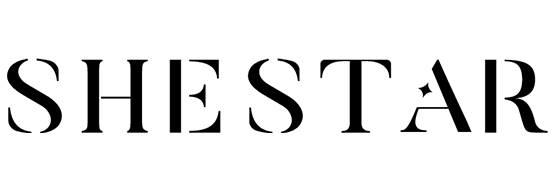Wholesale Hip Hop
This fashion was and continues to be, a reflection of the social statement that the music it reflects represents. Hip-hop clothing's popularity has crossed numerous cultural boundaries while continuing to disrupt what is considered the standard. Since its inception, the popularity of this apparel has grown beyond the African-American urban movement from which it arose, and it is now known for its global appeal, although it is still credited as an entirely American design. The wholesale Hip Hop has many pieces for buyers' ease.
Pieces, Stuff, and Colors
Hip hop has progressed from a self-aware meditation on confrontations and melody to an adamant articulation of current town existence over bodily gesticulations and clothing. Hip hop styles have been on a never-ending upward route since their inception. The apparel has seen the most advancements; early clothing included mostly useful goods.
The acceptance of very luxurious relics, which may charge hundred dollars, sky-rocketed in late 1990. The dawn of fraudsters overflowing the market with fake jumpers to capitalize on the trend caused by hip hop choirs trying the expensive jumpers in the musical video led to a growing petition and the rise of fakers swamping the market with fake jumpers to profit on the trend.
Hip Hop Trends
In the 1980s, baggy clothing shapes that hide the body's contours were introduced. The baseball cap embroidered by symbols from Negros league and beach ball clubs, as well as renowned “fashion-designers”, were the classic hip-hop aesthetic in the early 2000s. The Bandannas and wool beanie hats remained worn unaided or together. The hooded sweatshirts are worn with goose-down coats or other rainy-day gear. In the late 1990s, the expression was defined by the omnipresent huge snowy T-Shirt, basketball tops, and hockey shirts. Baggy-denim pants or camouflaged Cargo denims worn Low Slung, back-packs, combat or hiking style gumboots or athletic shoes, and tattoos were all worn with tattoos and shaven, interwove, or dreadlocked hairstyles.
In the 1998s, when hip hop leaders began to recognize brands in fashion expression, motifs, materials, dye, and the production of wearing garments transformed. Hip hop gangsters, players, and celebrities' materialistic preoccupation produced the concept of ghetto fabulousness (the comparison of fabulously luxurious objects in the context of the ghetto). By way of a substitute for hip hop outfits that did not count on on the confirmations of glitzy ordinary style labels.
Fashion Alteration
As a result of these new infections, hip-hop fashion underwent yet another transformation. Though exclusive presentation gear was previously prevalent in hip hop culture, it was displaced when Lil’ Kim and other hip-hop performers began wearing high-end designer labels to portray a sense of wealth. Hip hop fashions are categorized by the manifold notions that are sifted over the ends of both wearers and designers. Tommy Hilfiger, a mainstream American designer, has successfully seized a sense of hip hop ethos and made incredibly distinctive fashion goods that fit the marketplace without being apologetic. Hip-hop style gets to your feet almost completely by chance.
Activewears and sport-shoes inventors did not plan for their conceptions to be worn on the highways, in clubs, or in songs video. We've come to the conclusion that the reemergence of track jackets and the employment of stylish scarves are among the most recent hip-hop fashion trends. The tracksuits aren't new to hip hop culture; they've been present since the beginning of the commercialized hip hop, but their appeal has recently reappeared. Now you can buy hip hop more easily.







Sign In
Create New Account